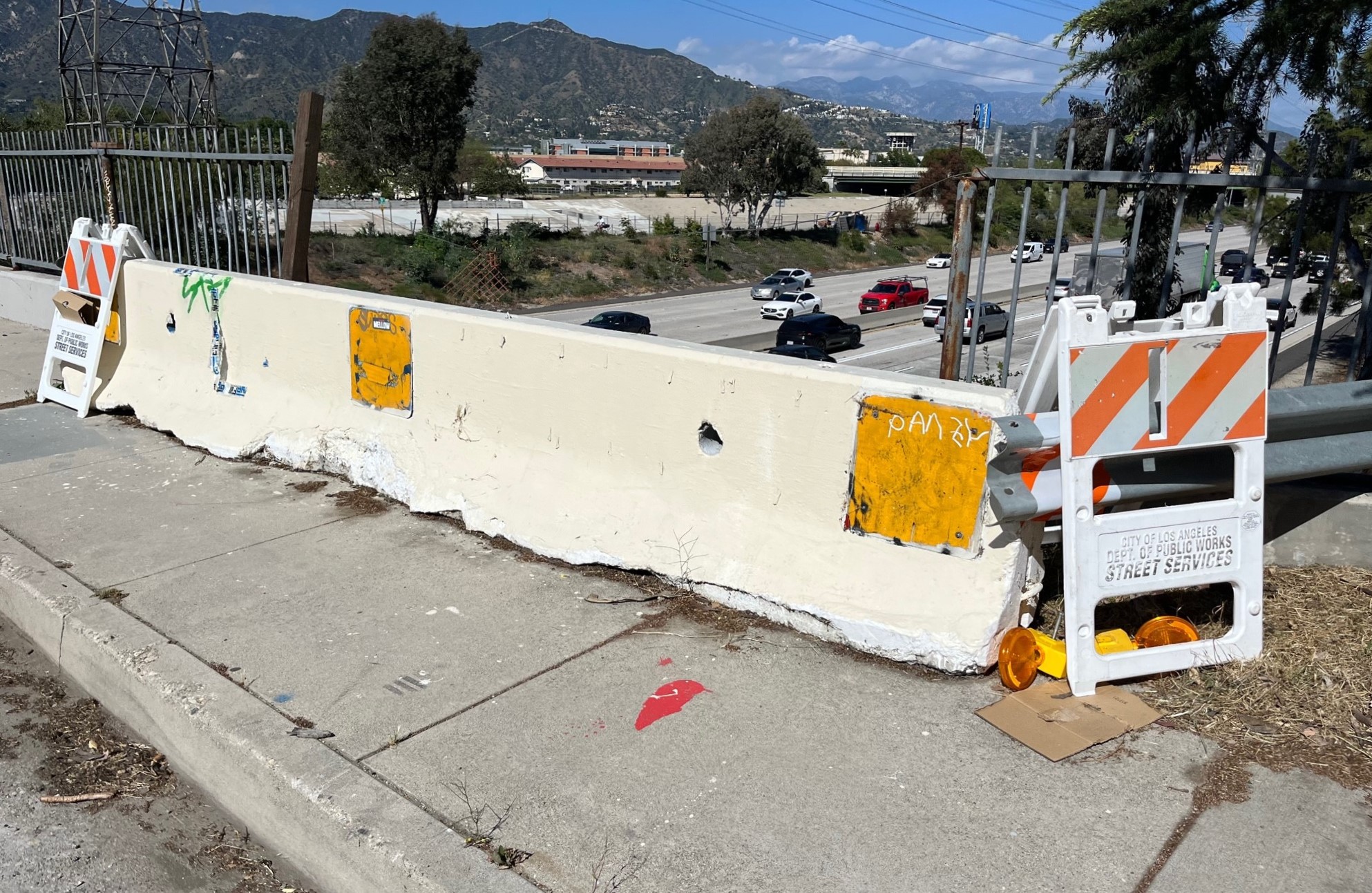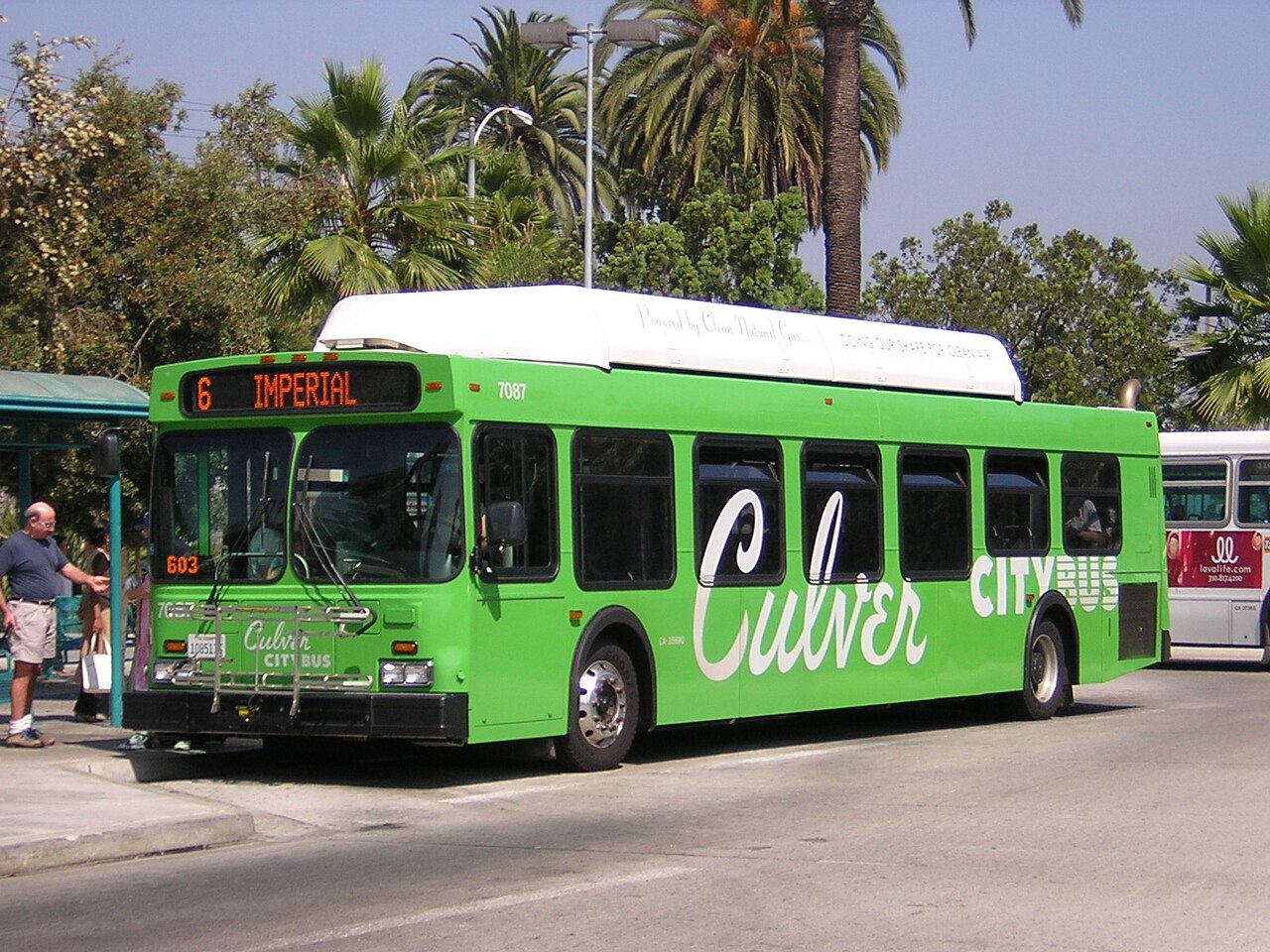For many neighborhoods, a shiny new light rail line can be a blessing and a curse. Yes, it provides access to affordable transportation options that can be the avenue to jobs and economic opportunity. But it can also bring higher housing costs and drive up retail rents, exiling area residents and local businesses.
And so sometimes, vulnerable communities oppose the introduction of new transit opportunities, even if they would benefit from more frequent and reliable transit service.
As Jeremie Greer of DC’s Local Initiatives Support Corporation said at Rail~Volution last week, building broad support for new community services is essential. “If everyone feels like they’ve put forth an effort to develop a plan or vision, hopefully people will feel committed to seeing it out,” he said. “And you wont get Reverend So-and-So in the paper saying, ‘These racist people are trying to drive us out of the community.’ Because Reverend So-and-So, hopefully, was at the table expressing his vision or her vision.”
But low-income communities’ relationship to transit cuts both ways. Just as they sometimes resist new amenities they fear will raise rents out of their reach, they’re also often on the front lines of the fight for better transit access.
The “Stops for Us” campaign in the Twin Cities provides a model example of a successful, neighborhood-led effort to ensure equitable transportation access and spark a change in federal policy.
It all started in 2006, when the Central Corridor Light Rail Transit stations were announced. The 11-mile line, connecting the downtown districts of Minneapolis and St. Paul, had gaping holes in the neighborhoods with the greatest poverty, biggest minority populations, and most car-free households. While the stations in St. Paul (17 percent poverty rate, 36 percent minority) were spaced just a half-mile apart, in the Frogtown neighborhood (35 percent poverty, 73 percent minority) the distance stretched to a mile between stops.





